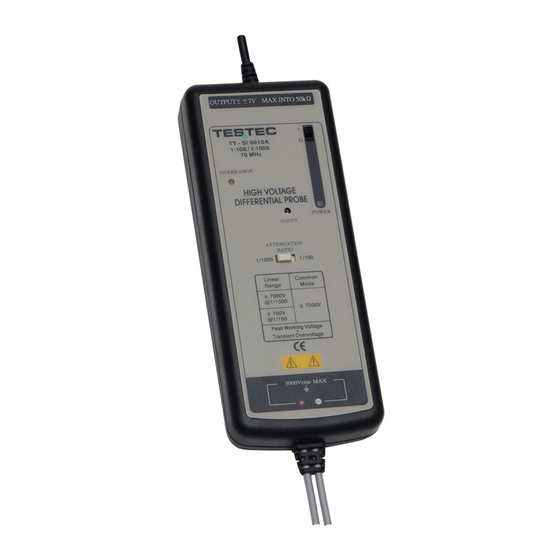
Advertisement
1. How to open the case, please follow the steps.
1.1 Remove the battery lid.
1.2 You will see the two screws and loosen them.
1.3 Use fingers to press the bottom case inward, and pull it backward and upward.
1.4 Hold the bottom case and pull the upper case backward (to input lines direction)..
Sapphire Instruments Co., Ltd.
Calibration Procedure of SI-9010A
Fig. 1
Fig. 2
Fig. 3
1
Advertisement
Table of Contents

Summary of Contents for Sapphire Instruments SI-9010A
- Page 1 Sapphire Instruments Co., Ltd. Calibration Procedure of SI-9010A 1. How to open the case, please follow the steps. 1.1 Remove the battery lid. 1.2 You will see the two screws and loosen them. Fig. 1 1.3 Use fingers to press the bottom case inward, and pull it backward and upward.
- Page 2 1.5 You will see the two metal cases. There is one screw on the PCB. Loosen it, then the whole metal case can be taken out. There are two wires still connected with the upper case. Leaves them there. Fig. 4 2.
- Page 3 Fig. 6 3. Adjustment Procedure: Please connect a 6 VDC power adapter to CON1, and turn SW2 on to warm up for 20 minutes. Then follow the steps below.
- Page 4 3.1 Offset Adjustment: a. Referring to Fig. 7, connect both input lines together. b. Connect output BNC connector to a DMM. c. Put SW1 at 1/100. d. Adjust VR2 to make output voltage as close to zero as possible. e. Put SW1 at 1/1000. f.
- Page 5 3.2 Square Wave Adjustment a. Referring to Fig. 8, connect output BNC to the oscilloscope has good grounding. b. Connect the red input line to a 20 Vp-p, 10 kHz square wave signal source and the black input line to ground. c.
- Page 6 3.3 Low Frequency CMRR Adjustment a. Referring to Fig. 10, connect output BNC to an oscilloscope has good grounding. b. Connect both input lines to a 220/200 VAC, 60/50 Hz power source. c. Put SW1 at 1/100. d. Set the VOLTS/DIV switch on oscilloscope’s panel to 1mV and the TIME/DIV switch to 5ms.
- Page 7 3.5 High Frequency CMRR adjustment a. Referring to Fig. 11, connect output BNC to the oscilloscope has good grounding. b. Connect both input lines to a 155 Vp-p, 20 kHz, sine wave signal source. c. Put SW1 at 1/100. d. Set VOLTS/DIV switch on oscilloscope’s panel to 1 mV and the TIME/DIV switch to 0.1ms. e.
- Page 8 3.7 Accuracy Adjustment a. Referring to Fig. 12, connect output BNC to a DMM. b. Connect the red input line to the positive terminal of a DC voltage source (70 VDC) and the black input line to the negative terminal. c.




Need help?
Do you have a question about the SI-9010A and is the answer not in the manual?
Questions and answers